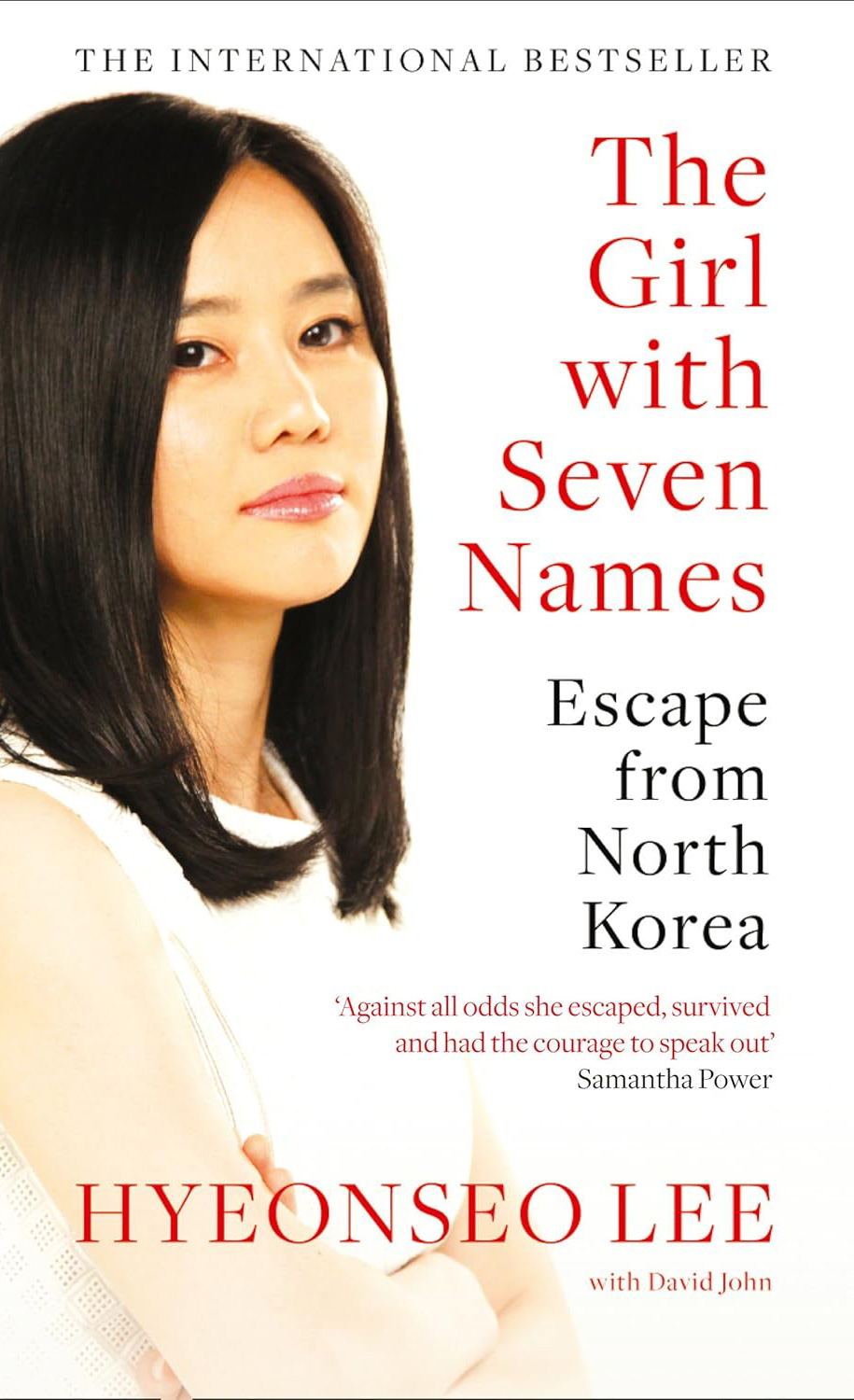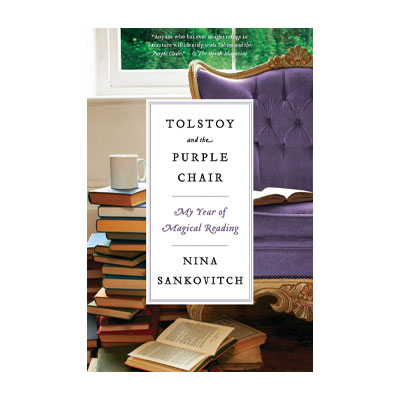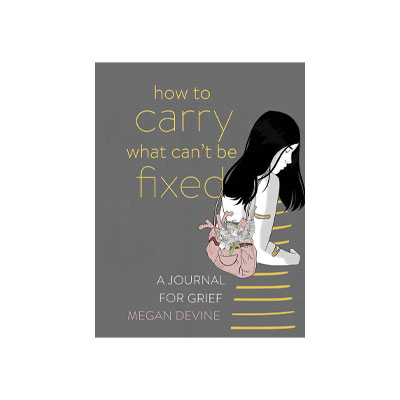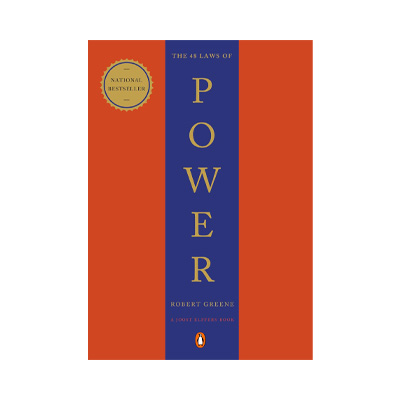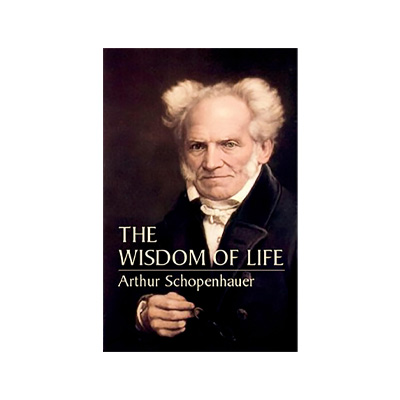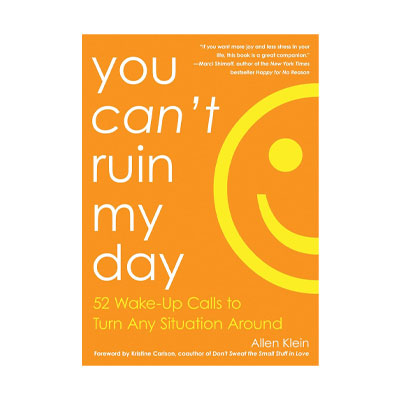Book Summary
The book "The Girl with Seven Names: Escape from north Korea" written by Hyeonseo Lee, portrays a human's perspective on life in one of the countries ruled by one of the world's most terrifying dictators. The thrilling story revolves around a woman's struggle to escape imprisonment and save her family, leading them to freedom. Published in 2015, this novel quickly gained global popularity and became a bestseller on The New York Times list during its early years in the market. It was also nominated for the Goodreads Choice Award for Best Autobiography.
The author shares her life story, filled with ups and downs, discussing her home in North Korea near the Chinese border and recounting the shift in her mindset that occurred after experiencing famine in the 1990s, which led her to decide to flee her birthplace. In the text, she speaks of twelve years of patience, never imagining it would take so long to be able to spend her days with her family again. As Seo Lee explains, during her escape and the suffering she endured along the way, her awareness grew with each moment, allowing readers to grasp the extent of ignorance prevalent among the people of North Korea.
At first, it may be hard for many to believe how people in such a society could live in such ignorance, but as readers accompany the author through her teenage and young adult years, understanding becomes easier and easier. The title of the book refers to the names that the protagonist was forced to adopt to protect herself while navigating various situations outside North Korea. Ultimately, this is a story about the difficult days of a seventeen-year-old girl who illustrates through detailed accounts of certain events in her life and her family's what a terrifying situation has been imposed upon them and other families. Undoubtedly, reading it will offer far more benefits than not reading it at all. While this girl was able to create better days at the age of 28 after her escape, we must remember that many others remain imprisoned in a place called North Korea, perhaps considering their freedom merely a dream and seeing no hope for continuing on.
About the Author
Hyeonseo Lee was born in January 1993 in Hyesan, North Korea, and is regarded as a writer, activist, and thinker. She gained significant fame from her book "The Girl with Seven Names" and currently lives in Seoul, South Korea, where she is pursuing her studies and living with her family. After successfully escaping North Korea on her own, she helped her family finally flee through Laos and China to join her.
Who Should Read the Book?
Readers who are recommended this book can be categorized into several groups: the first group consists of those seeking more information about the government and people of North Korea. The second group includes individuals facing challenges related to immigration due to being away from their homeland and who wish to learn from the experiences of others. The third group comprises those who enjoy reading about the history of such countries.
Table of Contents
The exciting book "The Girl with Seven Names" begins with a note from the author, followed by an introduction and preface. It is divided into 53 chapters with intriguing titles that narrate her story, concluding with an afterword.
Book Quotes
To my surprise, I saw my father hurriedly returning home. A strange roaring sound, like the onslaught of a storm, came from inside the house. I heard a noise like tiles crashing down from part of the ceiling, and a ball of fire shot up into the sky, illuminating the street with an orange glow. A section of the house was engulfed in flames, and thick black smoke billowed out from the other windows. Where was my father?
In the blink of an eye, all the neighbors gathered around us. Someone was pouring water on the fire with a bucket, as if that would contain the blaze. The sound of wood cracking and splintering grew louder, and soon the entire roof caught fire. I wasn't crying; I couldn't even breathe. Why wasn’t my father coming out of the house? It felt like only a few seconds had passed, but it seemed to stretch on for hours. Suddenly, he emerged from the house and ran towards us, coughing violently. His entire body was blackened with smoke, and his face glistened with oil. He held two rectangular frames in each hand.
I woke up to my mother’s cries. My little brother, Min-ho, was still sleeping on the ground beside me. Suddenly, my father rushed into the room and shouted, "Wake up!" He pulled us by our hands, hurried us out of the room. My mother followed him, trembling like a leaf. The sky was clear; it was dusk, and darkness was creeping in. Min-ho was still groggy from sleep as we went outside and turned our heads toward the house. The only thing visible was a thick, oily black smoke billowing out from the kitchen window and black flames licking at the outer walls of the house.
Kim Il-sung, the Great Leader, the father of our nation, had passed away. The news broadcast on the radio was just as impactful: "The great heart has stopped beating." It never crossed my mind—nor that of many North Koreans—that this godlike ruler, who could control the weather with his power, could die. He was flawless and omnipotent, yet he was dead, and a window opened in my mind. I thought to myself that he was an 82-year-old man, old and frail; he was human after all.
Suicide in Korean culture is considered a form of emotional protest. From the regime's perspective, suicide is seen as a form of escape from the country and a rebellion against the government. Therefore, by punishing the survivors, they try to prevent further protests in the form of suicide.
Leaving North Korea is nothing like leaving any other country; it is more like departing from another world. No matter how far I go from it, its pull will not let me go. Even for those who have suffered greatly in that country and escaped from hell, life in the free world can be so difficult that they struggle to cope and find happiness. Some of them even surrender and return to that dark place, just as I was tempted to go back multiple times. But the reality is that I cannot return. It’s true that I dream of freedom for my country, but North Korea remains a closed and oppressive place even after many years. If there ever comes a time when I can return safely, I will likely be a stranger in my own land.
It’s true that my new life is comfortable, but I am still a girl from Hyesan who wishes to eat noodles with her family at their favorite restaurant. I miss my bicycle and the view of the river that flows into China.
